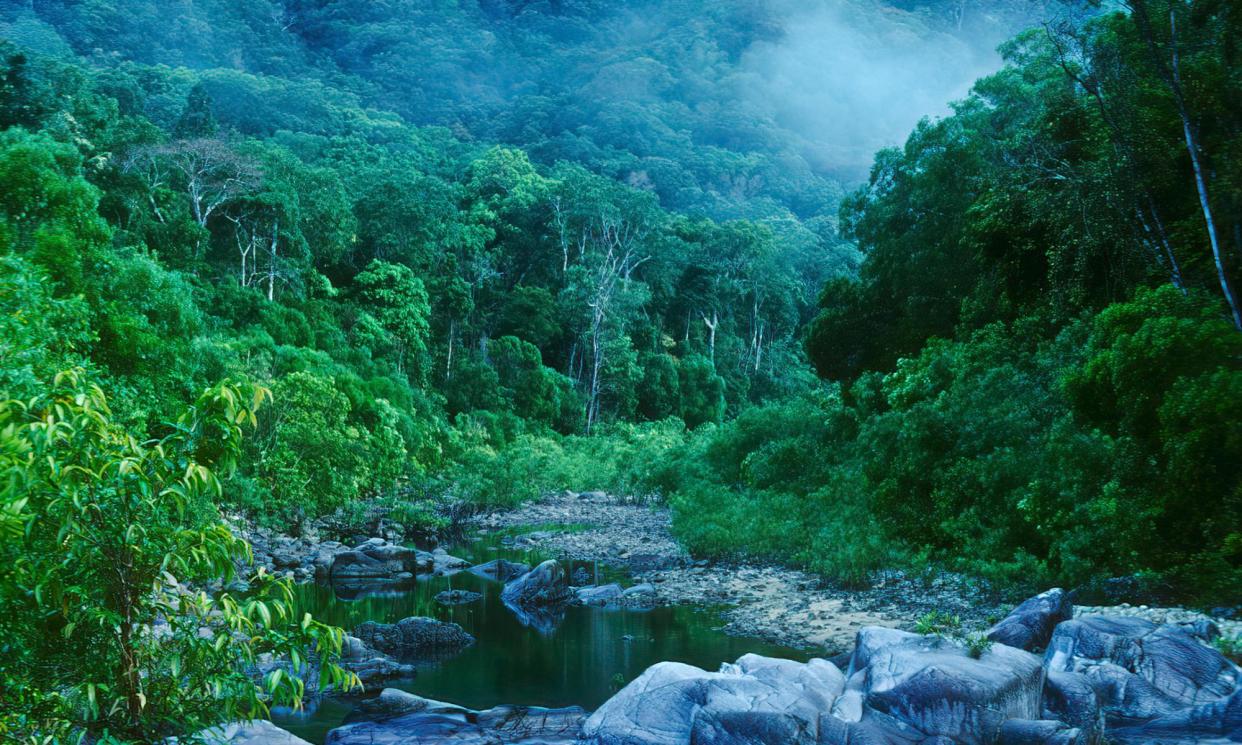Cape York’s step towards world heritage listing: what does it mean for the region, and what happens next?

The Cape York peninsula is one of the most unique places on Earth: Australia’s northern tip features untouched wilderness landscapes, holds significant First Nations cultural sites and provides a haven for hundreds of threatened species.
This week, the Australian and Queensland governments took a significant step towards nominating parts of the region – the “cultural landscapes” of Cape York – for Unesco world heritage listing.
The area is now on the Unesco “tentative” list.
Is Cape York heritage listed now?
About 4m hectares (9.9m acres) of Cape York – roughly 35% of the region’s land area – is designated as national parkland, and part of a “protected estate” jointly managed by traditional owners and governments. These protected areas provide environmental and cultural safeguards.
Related: ‘This is monumental’: Australia takes first step to world heritage nomination for parts of Cape York
Land tenure is otherwise complicated in Cape York. Large parts are covered by pastoral properties. Traditional owners have native title rights over about 45% of the region, but that designation does not necessarily protect land from industry or development.
In recent years mining speculation has increased, prompting concerns that authorities needed to hasten efforts to expand the protected estate, especially in areas with strong ecological or cultural value.
What is “tentative” listing?
A “tentative” listing is a first step towards a full world heritage listing. Countries can place sites on the Unesco tentative list, and they must be listed for a year before a world heritage nomination can proceed.
Australia’s tentative list submission is meant as a signal to Unesco that the commonwealth and Queensland governments “are committed to doing the work necessary to progress a world heritage nomination”.
The submission includes evidence that Cape York meets some of the 10 criteria for listing.
How much of the Cape does it cover?
Governments say the exact boundaries of any world heritage listing will take years to negotiate, and these will depend on whether there is agreement and “free, prior and informed consent” from relevant traditional owners.
The area submitted for the tentative listing falls entirely within six national parks – Kulla, Ma’alpiku, Olkola, Oyala Thumotang and Wuthathi – and Quinkan Country, an area where ancient rock art displays have been preserved.
The listed area would probably comprise several disconnected parcels of land – a “serial” world heritage property.
What will it mean for land tenure in the region?
The Queensland government has gone to significant lengths to stress that a world heritage listing would not override Australian land tenure rules, particularly in relation to pastoral properties.
Those leases could even be extended in circumstances where “the land is considered to be in good condition and is managed to protect the significant values”.
What will it mean for tourism? Will you still be able to go?
The federal environment minister, Tanya Plibersek, said encouraging more tourism is a key reason behind pursuing the nomination.
“We want this to be on the bucket list of visitors from around the world because it is so special globally,” she said.
World heritage areas globally have become significant attractions for tourists, and the listing will not place any restrictions on visiting.
But the Cape – despite its unique natural and cultural environment – remains difficult to access and does not currently attract tourist numbers to rival other areas like the wet tropics, K’gari or other national parks.
Tourism Tropical North says additional investment in basic infrastructure like toilets, more ranger programs and an extension of the tourism season would be needed.
Related: Australia ‘on track’ with climate targets needed to protect Great Barrier Reef, Labor tells Unesco
“World heritage listing will pique the interest of visitors globally when it is announced, however converting that interest into visitation will rely on the quality of the visitor experience and that’s what is guiding us into the future,” it said.
World heritage expert Adj Prof Jon Day, from James Cook University, said listing can often be bad for tourism.
“[It] can often be the worst thing for tourism,” he told the ABC.
“A World Heritage listing for any property is like a magnet to people, who say, ‘oh, that must be impressive’.”
But he said it can cause problems if there were not enough resources to manage tourist numbers.
“Venice has now brought in restrictions and new fees for tourists because the influx of visitors was putting a strain on infrastructure,” he said.
What happens now?
The Queensland government says the next steps include more engagement with traditional owner groups, landowners and other stakeholders to contribute to the nomination process.
The application for world heritage listing is a very detailed process – applicants need to identify and document the values that meet Unesco’s criteria.
Because much of the land is cared for by First Nations people from many different traditional owner groups, there will be “multiple consent decision points” throughout the process and groups can “opt out or opt in at any time”.


